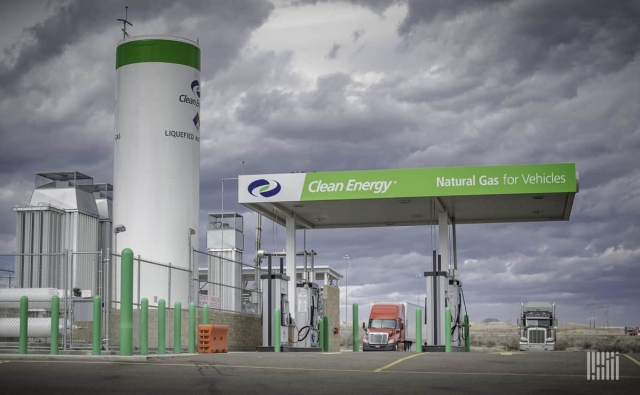Natural Gas is Fueling Jobs, Wage Growth, and a Greener Ohio

Expanding natural gas production in Ohio is critical, now more than ever. Natural gas increases environmental quality, provides a reliable energy source, increases tax revenue and creates well-paying jobs. Increased natural gas production is key to strengthening our food and energy supply chains, as well as alleviating the severe strain on the Midwest, the country, and the world in this time of economic hardship.
Natural gas is abundant, efficient, and exceptionally clean. How clean? Goldman Sachs reported in April that if the U.S. quadrupled its liquefied natural gas (LNG) capacity it would have the same effect on reducing carbon emissions as:
• Electrifying every U.S. passenger vehicle
• Powering every home in America with rooftop solar and backup battery packs
• Adding 54,000 industrial scale windmills, doubling U.S. wind capacity
Not just one of these things – it would have the same effect as doing them all. Even more astounding, quadrupling our natural gas capacity would completely replace the need for all the coal produced globally.
Natural gas production has been tremendously profitable for Ohio. The shale revolution has been the greatest driver of the state’s economic progress since the late 1990s. Ohio now ranks sixth among states in natural gas production, exporting to our neighbors and the world.
Beginning in the 1970s to the early 2000s, U.S. oil and gas production declined and nearly three million manufacturing jobs were lost. However, according to ShaleCrescent USA, over the last several years, the surge in production has helped create 1.4 million manufacturing jobs.
From 2011 to 2018, 700 new businesses were established across Ohio to support the shale industry, bringing in over $63.9 billion in new investment and creating new jobs. According to the Consumer Energy Alliance, this largely impacts parts of Ohio that were hardest hit by manufacturing job losses, including the Vallourec Steel plant in Youngstown representing “over $1 billion in new investment [that] brought hundreds of new steel jobs back…”.
A 2021 PricewaterhouseCoopers report revealed that the natural gas and oil industries brought 375,000 jobs to Ohio in 2019, accounting for 5.3% of the state’s employment and bringing in $58.8 billion. That’s 8.5% of Ohio’s GDP. The average wage in shale-related industries is $57,497.89, well above the average wage in Ohio of $39,680.
Hydraulic fracking has already led to a cleaner and safer environment for all Americans. The significant decline in the U.S. carbon footprint and its emission of sulfuric and nitric oxides over the last 20 years is largely due to the natural gas revolution, with Ohio playing a pivotal role. Natural gas should play a greater role in reducing the global carbon footprint and creating a less-polluted world.
Solar and wind energy are woefully inadequate when compared to natural gas. As energy expert Alex Epstein notes, “Between 2008 and 2018 fracking natural gas added 17 times more energy to the U.S. than all solar panels and wind turbines combined. And that’s 100% reliable energy, unlike the unreliable energy from solar and wind that needs constant backup from ... fracked natural gas.” The last few decades have taught Europeans and Americans that these sources are beholden to the weather. The sun does not always shine, nor the wind always blow, and storage technology is lacking greatly.
A 2022 emissions analysis from the Consumer Energy Alliance (CEA) found that from 1990 to 2021, Ohio had an 82% reduction in nitrogen oxides, a 97% reduction in sulfur oxide, a 73% reduction in volatile organic compounds, and a 20% drop in carbon emissions. During this time, natural gas production in Ohio increased by more than 2,900%. That ought to speak to the efficient cleanliness of natural gas.
Ohio was a key force behind the increase in oil and natural gas production that made the United States an energy independent country, until the Biden Administration took office. We feel this administration is overlooking the positive role natural gas has played in Ohio and across the country.
Ohio has gone from producing less than 5% of its electricity from natural gas in 2000 to producing roughly 43% of its electricity from natural gas today. We can help put the rest of the country, and the world, on the same track.
George Lang is founder and co-chair of the Business First Caucus and represents the 4th Ohio Senate District. Dr. Timothy G. Nash is director of the McNair Center at Northwood University in Midland, Michigan. Josh Antonini is a research scholar at the McNair Center.
